The current competitive landscape looks to be the ultimate rejection of what I’ve called the Uncertainty Era. Instead of heavy unpredictability bred by a lack of strong teams at the upper end of the scene, talent has recently consolidated amongst a few key rosters, which has coated this present era of play in a supremely optimistic veneer. Three possible “super-teams” in G2, Fnatic and SK Gaming, alongside two upgraded rosters in FaZe and North could join Astralis and Virtus.pro at the apex of Counter-Strike: Global Offensive to create a wet dream of a competitive scene. However, over the past month, with two high-level LANs in the books, the performance of these three supposed super-teams has not been as sweet as their candy-coated exteriors would lead you to believe.
G2, the new French “super-team,” has not yet attended a LAN, and has started its online ESL Pro League season with a dismal 1-6 record. The callback Fnatic lineup, which has also been referred to as a super-team, has been even more demonstrably disappointing. They were eliminated in the group stages of both DreamHack Masters Las Vegas and IEM Katowice in sharp contrast to their original run as a team-of-five in late 2015 and early 2016. The new SK lineup with João “felps” Vasconcellos also had a lot hype around it as it first came into fruition immediately following the major, but, likewise, they have are not been especially convincing since then. While SK did make it to the finals of DreamHack Masters Las Vegas— thanks in part to an easier playoff bracket draw— they did not finish top-four or even make it out of the group stage at IEM Katowice, which is the first time Luminosity/SK has failed to do so since DreamHack Masters Malmö over 300 days prior.
While we shouldn’t get ahead of ourselves, especially in G2’s case, SK’s inconsistency and Fnatic’s quite underwhelming initial tournament forays are troubling, and we have seen the spotty success of should-be champions before. In 2016, the new Na’Vi squad with Oleksandr “s1mple” Kostyliev was one of the most talented lineups ever assembled in CS:GO, but aside from their ESL One New York victory and their decent EPICENTER showing, the breadth of their accomplishments pales in comparison to the pedigree of their roster. Also, earlier in the 2016, Team Liquid clearly created the most talented North American team ever assembled, but beyond that roster’s successes at the two majors, they likewise failed to stabilize with S1mple in tow.
What issues could be inherent to these overwhelmingly talented rosters and what, if any, can these two past “super-teams” tell us about the present predicament of G2, Fnatic, and SK?
Team Liquid
After picking up Spencer “Hiko” Martin in the late summer shuffle of 2015, Liquid was a clear upset threat, but could rarely make it into the playoffs of high-level tournaments and started to stagnate by the end of the year. As such, from the start of 2016 onwards, the Team Liquid organization shunned any past frugality and adopted a high-profile, swap-heavy culture, starting with the pickup of the often difficult, but extremely talented, S1mple. The presence of the superstar-to-be was a clear upgrade over the departing Jacob “FugLy” Medina, but Liquid’s online results in the immediate aftermath of the move were not at all encouraging in the weeks thereafter, while rumors of intense interpersonal conflicts stemming from S1mple’s presence occasionally spilled out publicly. And those qualms were hardly smoothed over once the new Liquid lineup attended their first LAN together at the MLG Columbus 2016 Main Qualifier.
At the qualifier, Team Liquid lost their first matchup in a very narrow double overtime fashion on Dust2 versus S1mple’s former team, HellRaisers. Then, Liquid easily swept away Team YP to play HellRaisers in the best-of-three decider, which again came down to a hair-razor game on Dust2 game. With S1mple noticeably underperforming, Liquid only just edged out HellRasiers 16-14 to secure their spot at the first major of the year. However, Liquid advancing through to the major itself in this fashion was not an accomplishment, it was a demonstration of the fallibility of the should-be North American stand-out. To barely outperform HellRaisers was unacceptable in the eyes of Team Liquid, as demonstrated by S1mple’s tearful postgame interview.
To remedy their apparent weakness, Liquid decided to pick up Enemy’s star-AWPer, Kenneth “koosta” Suen, to replace their underperforming in-game leader Eric “adreN” Hoag. The resulting, ultra-talented lineup surely looked promising, but they would be artifactually kept apart by the new ruleset surrounding Valve majors and the Minor Championship system. Even though Liquid practiced and played online matches nearly exclusively with Koosta, they had to play the first major of the year with adreN back in the lineup. As such, Hiko remained the in-game leader at MLG Columbus instead of returning adreN, who accordingly seemed to have next-to-no value in the lineup. However, with this stop-gap combination, Liquid famously overperformed at the tournament, with Nicholas “nitr0” Cannella and adreN looking especially strong in the group stage while Jonathan “EliGE” Jablonowski and S1mple brought out carrying performances in their quarterfinal and semifinal appearances
After defeating CLG in the quarterfinals, Liquid played the eventual world champions, Luminosity, in the semifinals very closely, racking up 15 rounds in both contests before losing in overtime. While Liquid’s ability to find scores of map points versus champions-to-be obviously demonstrates their surging strength, we can’t ignore their back-to-back stalls. In both games, Liquid failed to hit 16 again and again on their T-side, perhaps demonstrating the limitations of relying on a neophyte in-game leader in a revamped, more skill-based lineup. Also, as Liquid’s timeouts happened quite late in both matchups, one must consider James “GBJame^s” O’Connor’s role in this fiasco, and the increased need for an effective coach in a lineup with limited leadership.
Liquid’s next LAN appearance at DreamHack Masters Malmö furthermore highlighted the importance of team cohesion. Once Liquid’s full “super-team” finally played on LAN together with Koosta, they had a dismal showing. They lost twice in the group stage to both mousesports and TyLoo to exit the tournament immediately, with S1mple choosing to leave the lineup soon thereafter.
However, when S1mple returned to the North American team in May for another short stint, he was greeted by the open arms of an even more prodigious surrounding cast. CLG’s star AWPer, Josh “jdm64” Marzano, was brought in to replace a struggling Koosta, while Luis “peacemaker” Tadeu, the former coach of Tempo Storm, was also added to replace GBJames. However, the resulting “super-team,” at least in the context of North America, had somewhat similar results. At their first tournament together, the ECS Season 1 finals, Liquid went out in the group stage, although when you consider the quality of their competition, the result was far more forgivable. Liquid defeated G2 in their opening match on Cobblestone, but fell to an in-era Luminosity team to send them into a best-of three-decider versus G2. With G2 peaking and S1mple having an off-series, the French side won the day, but not before Liquid earned another map win on Cobblestone. While the loss eliminated them from the tournament early, Liquid was the only team to take a map off of G2 at ECS, as the French side went on to take the tournament in dominant fashion with wins over Fnatic and Luminosity
Liquid’s far more impressive result, however, was obviously their second place finish at the second major of the year, ESL One Cologne 2016. After making it out of their group stage with wins versus EnVyUs and mousesports, Liquid found another record-breaking performance in the playoffs, as the incredible output of S1mple pushed the North American team over the top versus Na’Vi and Fnatic, before decisively falling to SK in the finals. While S1mple should be given the lionshare of the credit, strong performances by the aggressive entry duo of Nitro and EliGE also helped propel Liquid to the finals. Liquid was less individualistic and had better structure under Peacemaker, but Liquid still hardly had the teamplay of a Luminosity/SK or Na’Vi, and overall, like the previous iteration of Team Liquid with adreN and koosta, the results of the JDM64 iteration of the team have to be considered inconsistent and still dependent on individual performances.
Natus Vincere
Natus Vincere’s super-team story turns out to be fairly similar to Team Liquid, and not just because of the presence of S1mple. When Na’Vi picked up the emerging superstar following his second departure from North America, they decided to drop their former in-game leader, Danylo “Zeus” Teslenko, as Sergey “starix” Ischuk took over more of the tactical reins of the teams as the coach. The resulting lineup clearly looked like an eventual world champion. With talent exceeding any lineup and a still strong tactical identity under Starix, who could compete? Of course, the Valve coaching rule changes came in just at the wrong time, just days after the trade was made, to heavily hamper Na’Vi moving forwards. Just like Team Liquid following the removal of adreN, the new Na’Vi was heavily hindered on the more tactical T-side of the map, as having much greater skill moreso affects the efficiency of CT-sides.
The first tournament Na’Vi attended as a five-man lineup was StarLadder i-League StarSeries Season 2, which was a disappointing outing, just like Liquid at the MlG Columbus Main Qualifier. In their first match, they failed to properly adjust to TyLoo’s unorthodox CT setups on Mirage, winning just four T-rounds in the first half on their way to an eventual 16-10 loss. Then, Na’Vi disappointed again by finding a 19-16 loss to the pre-Gla1ve Astralis, which immediately knocked them out of the tournament. While the new team redeemed themselves somewhat in their next two showings, their disappointing demonstration here was very indicative of Na’Vi’s fallibility moving forwards.
At ESL One New York, Na’Vi made it out of the swiss with three straight wins, and from there, Na’Vi took out Team Liquid in the semifinals and defeated a world-leading Virtus.pro team in the playoffs to take home the tournament. However, it must be acknowledged that victory was in no small part the result of heavy carry performances from S1mple. The win was clearly a huge accomplishment, but this single tournament victory has been Na’Vi’s only truly impressive tournament performance to date. At EPICENTER, Na’Vi ultimately earned a top-four finish, but Na’Vi was one of the four teams who split all of their games in Group A, which led to an unfavorable tiebreaker scenario where all four group placings were determined by round win/loss differential. As Na’Vi had the best record in terms of rounds, they placed first in their group, which sent them straight to the semifinals. In that match, Na’Vi immediately lost to Dignitas, so despite the decent final result, a top-four finish, the team’s actual accomplishments at EPICENTER were not especially impressive.
Continuing this trend, Na’Vi found three straight group stage exits at ELEAGUE Season 2, the ESL Pro League Season 4 Finals, and IEM Oakland. With S1mple’s output coming back down to Earth, Na’Vi’s struggling T-sides and thinned-out map pool seemed to heavily weigh down the supposed super-team. Unlike Virtus.pro or the present-day Astralis, who always seem to a have a sufficient portion of their core show up, Na’Vi’s talent never seemed to go off in tandem enough to make up for their deficiencies elsewhere.
Na’Vi reappeared at the ELEAGUE Major, with apparently renewed prowess after a two month tournament absence, winning all three of their matches in the tournament’s swiss style opening stage in dominant fashion. However, it should be noted that Na’Vi happened to start on the CT-side in each contest, playing 45 of their 60 total rounds on the more skill-reliant defensive side. And once Na’Vi reached the playoffs, they continued to be hindered by limited teamwork and tactics, as shown in their first and only best-of-three matchup versus Astralis. The Danish side won the first map in a blowout, and while Na’Vi did make a case for themselves by winning nine T-rounds on map two, Mirage, further failures on Dust2 again highlighted the issues inherent to the lineup. In the crucial final rounds of map three, Na’Vi chose to make a few ill-advised, limited-utility Catwalk pushes, which were easily stuffed by the defending Danish side. Na’Vi lost Dust2 16-10, with Na’Vi losing nine of its 11 T-rounds.
Following the major, Na’Vi still proved to be somewhat dangerous in best-of-ones, making it out of groups at both DreamHack Master Las Vegas and IEM Katowice, but failed to advance beyond the round-of-eight at both tournaments. As a five-man lineup, Na’Vi has only won four best-of-three series in the six-month history, with two of those wins coming from ESL One New York. The recent departure of Starix, who has been with the Na’Vi organization since the beginning of 2010, perhaps illustrates how frustrating this level of underperformance has been in comparison to their initial on-paper potential.
The super-teams yet to come
While neither G2, Fnatic, nor SK contain S1mple, there are obvious corollaries between these two highly skilled lineups. In the case of both Team Liquid and Natus Vincere, the choice to remove an underperforming in-game leader for more raw skill apparently led to higher tournament-to-tournament inconsistency. While both G2 and SK have retained their in-game leader in Richard “shox” Papillon and Gabriel “FalleN” Toledo respectively, the synthesis of GODSENT and Fnatic has left out Markus “pronax” Wallsten, with Robin “flusha” Rönnquist once again taking over the in-game leading responsibilities over this five-man unit. Originally, Fnatic under Flusha in the Dennis-Renaissance era of Fnatic was still a very potent team, but that style of play largely revolved around kill trading and drier entries onto sites, which relies much more on the high individual skill level of the team’s members. While this group of five has made that work before, the composure of this reformed team is noticeably different in terms of output, with Olof “olofmeister” Kajbjer Gustafsson and Freddy “KRiMZ” Johansson looking nowhere near their former peaks.
Additionally, in the case of both Liquid and Na’Vi, the addition of more skill players shuffled the team identity, which heavily hindered some of the key talent of both rosters. In Liquid, Koosta was supposed to inevitably be the next North American star, with both Jason “moses” O’Toole and Richard Lewis singing high praises after a dominating First Americas Minor performance with Enemy. However, he clashed with S1mple over AWPing responsibilities at DreamHack Malmö, and looked increasingly lost tournament after tournament following adreN’s return. Likewise, with Zeus being removed and Starix being blocked by the coaching rule changes, Denis “seized” Kostin was forced to take up in-game leading responsibilities, which seemed to noticeably damper his individual output. As pointed out in my recent article, SK is facing a similar dilemma. While Felps has performed more than adequately for the team thus far, his high level of aggression has warped the SK T-side towards more aggression, which has moved the emphasis away from FalleN and to a lesser extent Marcelo “coldzera” David, who are widely considered to be the two strongest members of the team.
We can also we see through the precedents of Liquid and Na’Vi that a highly skilled lineup without a more traditional in-game leader is more reliant on their coach for leadership. While both of Liquid’s runs with S1mple occurred before the Valve coaching rule changes, the limited usefulness of GBJames and the apparent efficacy of Peacemarker were reflected through Liquid’s play as they looked far more competent across their later two tournament runs. Also, while Starix obviously had success in late 2015 and early 2016, he was never able to help the new Na’Vi lineup with S1mple overcome their shortcomings on the offensive side of the map, even with their two month tournament break between IEM Oakland and the ELEAGUE Major. In G2, Edouard “SmithZz” Dubourdeaux is a very new coach whose aptitude at the position, or lack thereof, has yet to be seen.
Liquid and Na’Vi both found success. Liquid had two of the best major tournament runs for a North American team in the history of the game, while Na’Vi won ESL One New York, which was one of the most stacked competitions of the Uncertainty Era, but unforeseen conflicts and circumstances meant both teams undershot expectations. Sure, someday, at some point, the new G2, Fnatic, and SK rosters will each be good, but the era-defining expectations of greatness that have been plastered onto this trio could certainly turn sour.


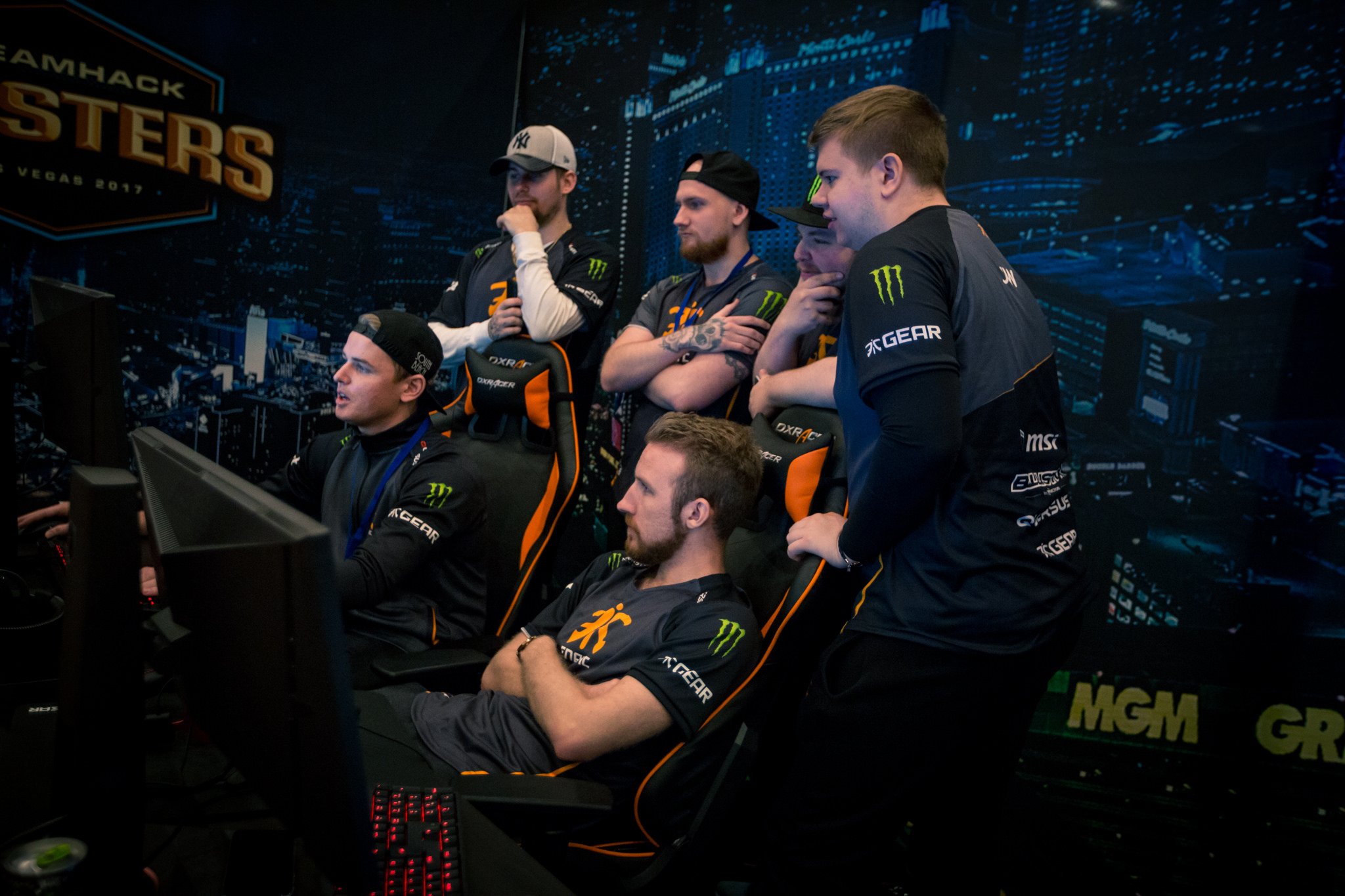
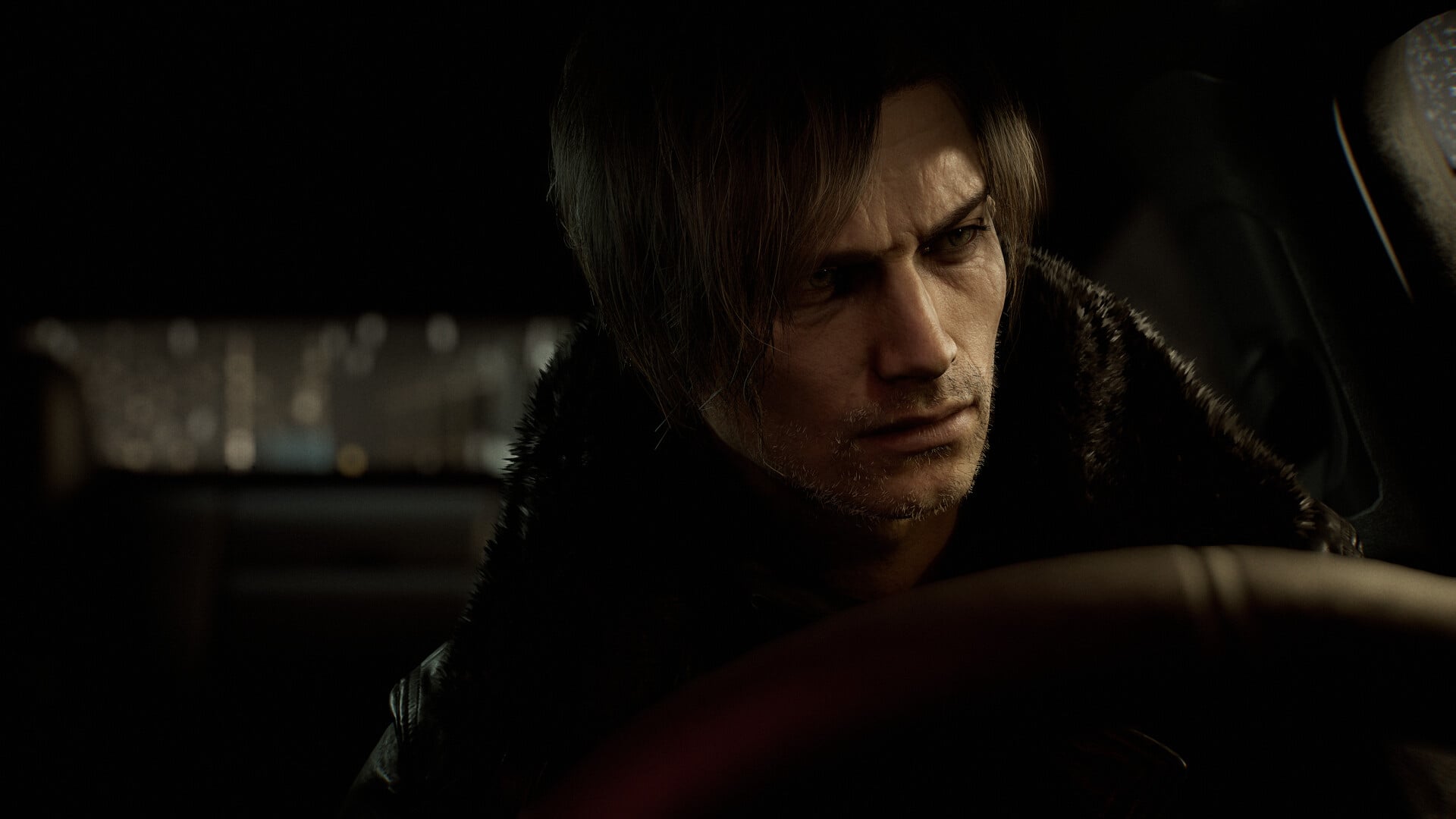
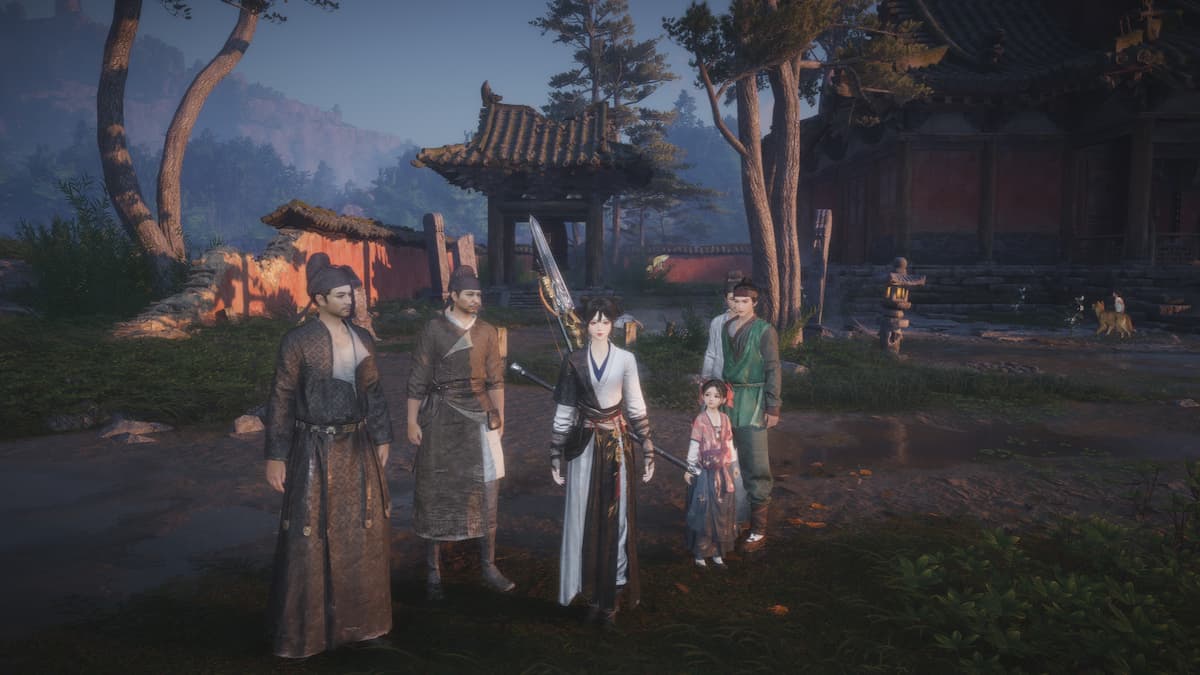

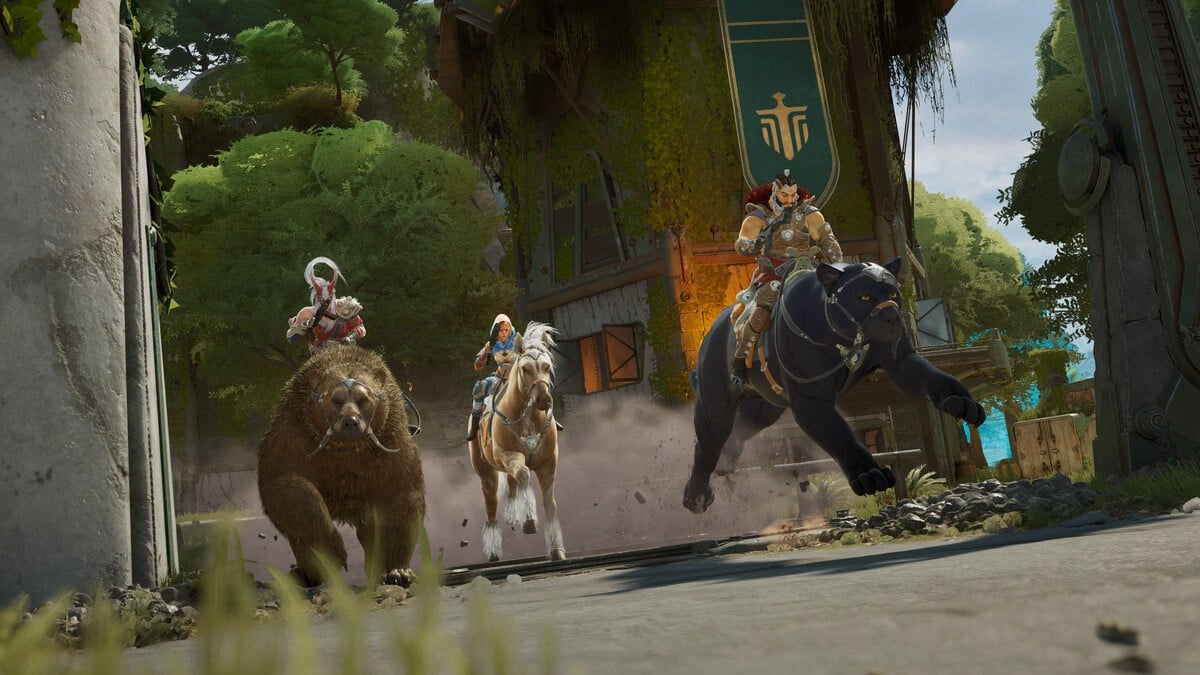
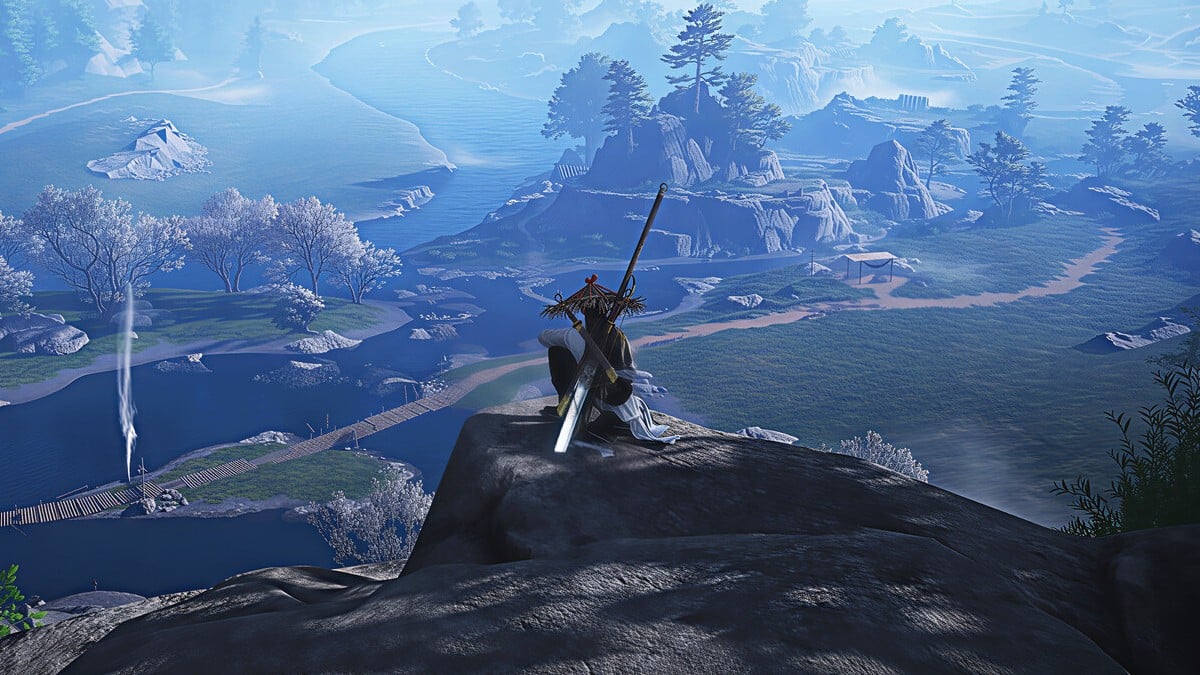
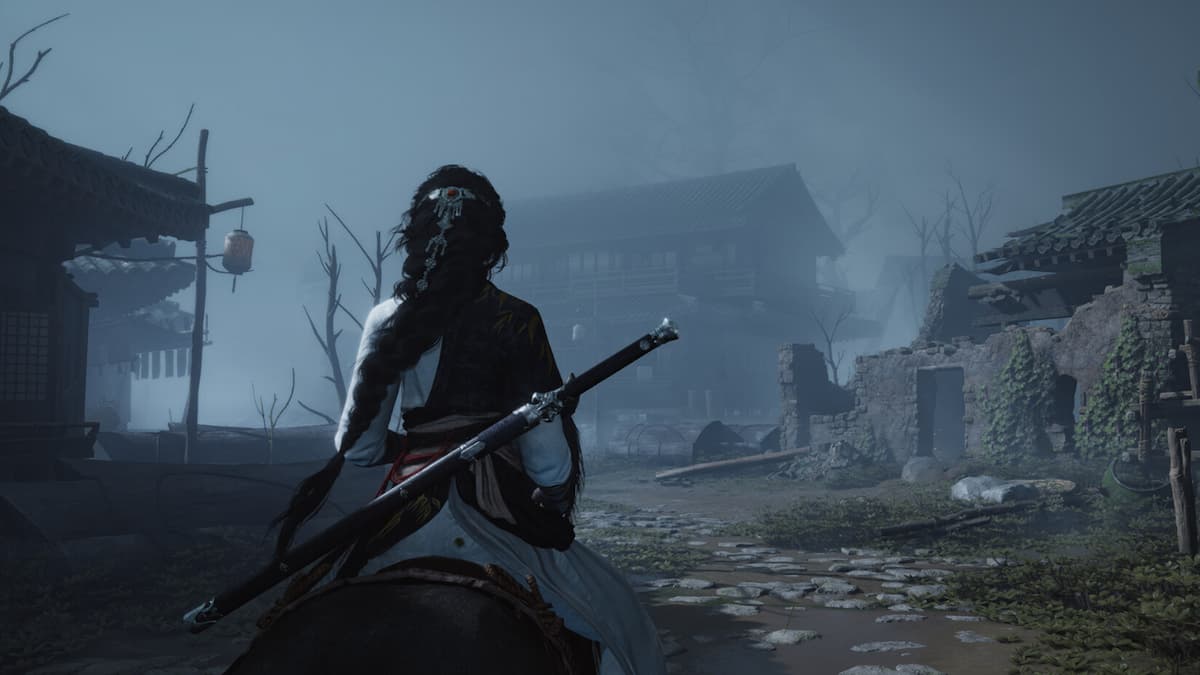

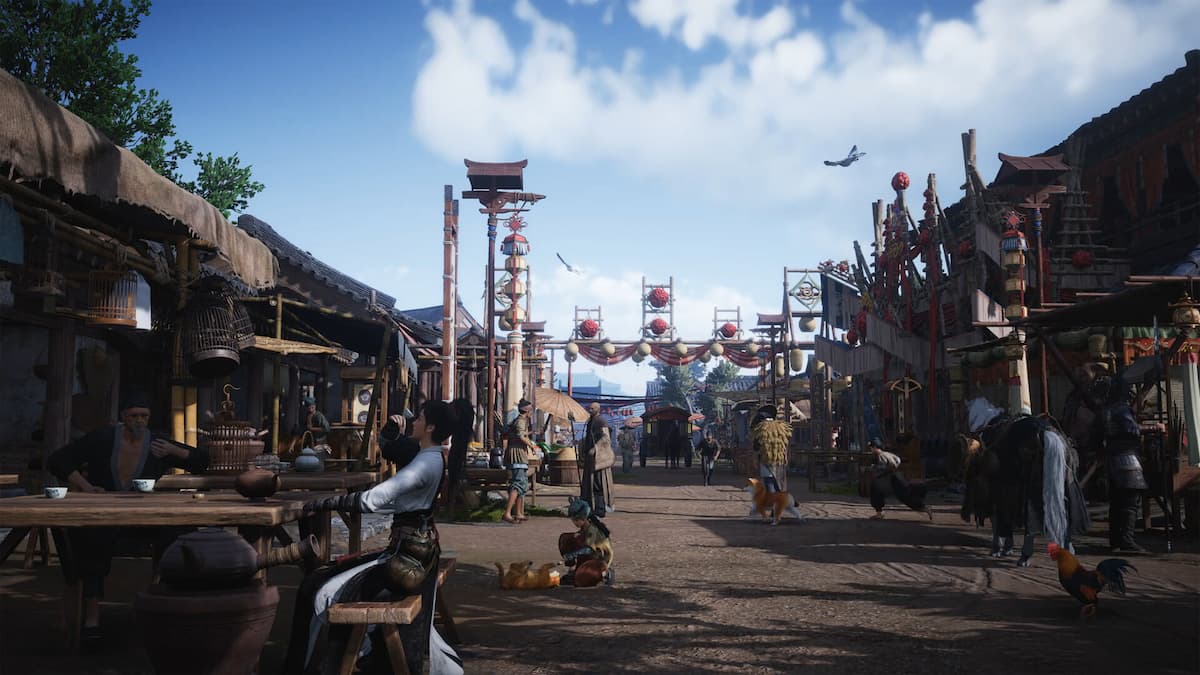
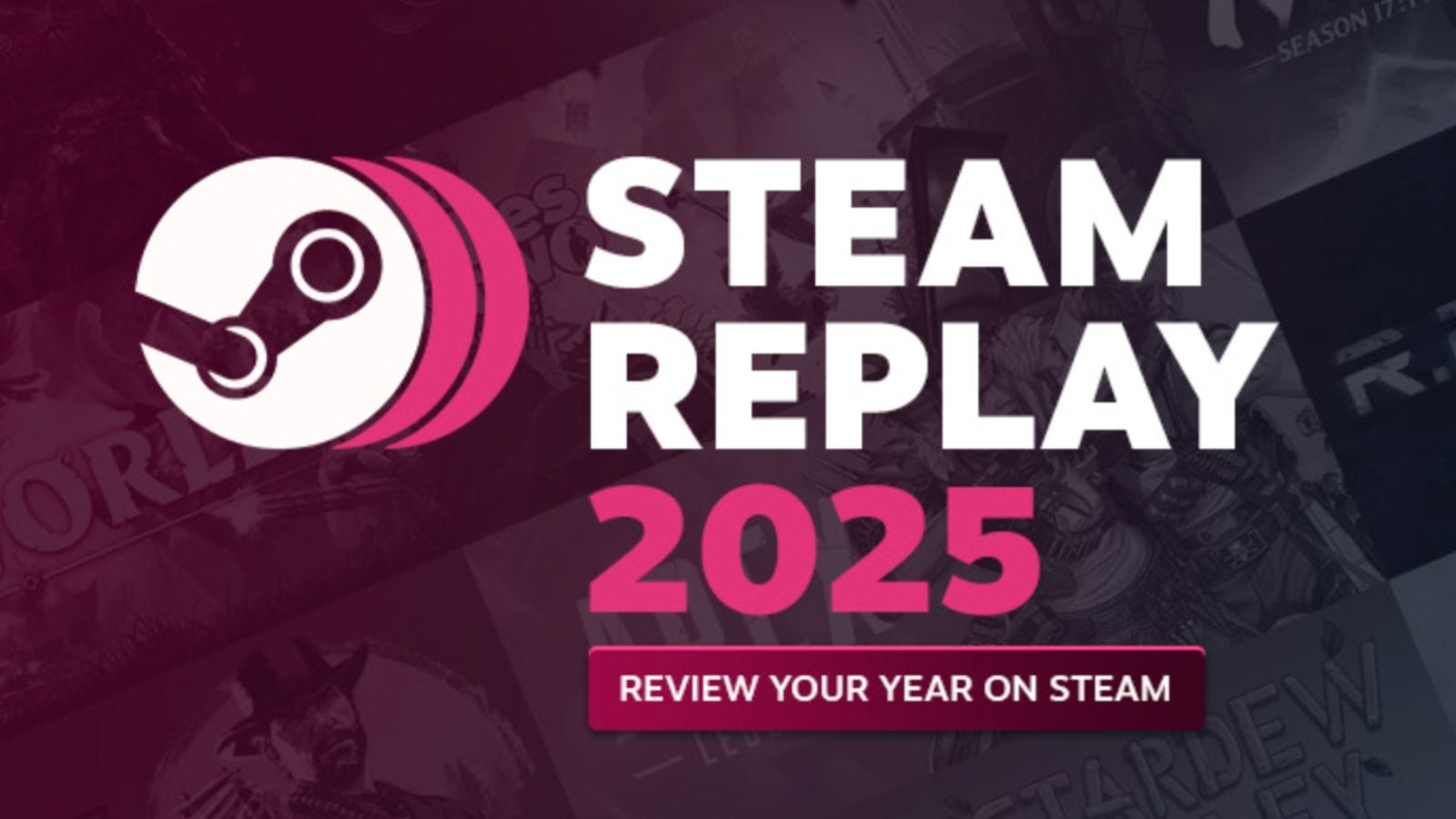
Published: Mar 14, 2017 10:26 am